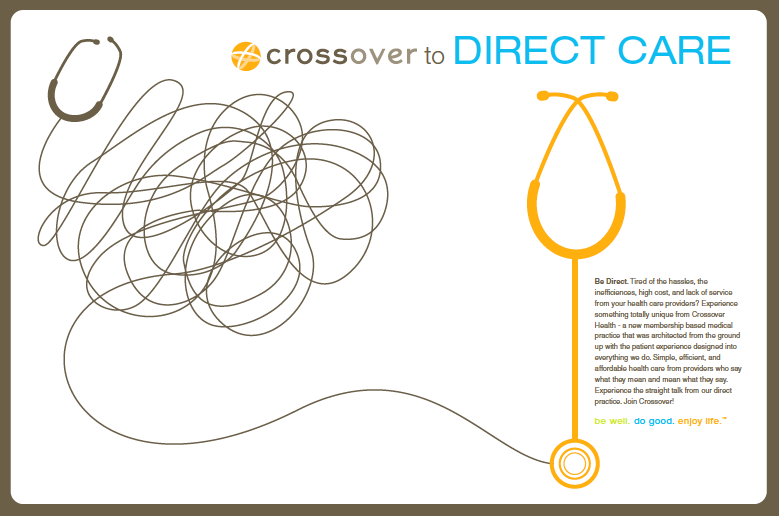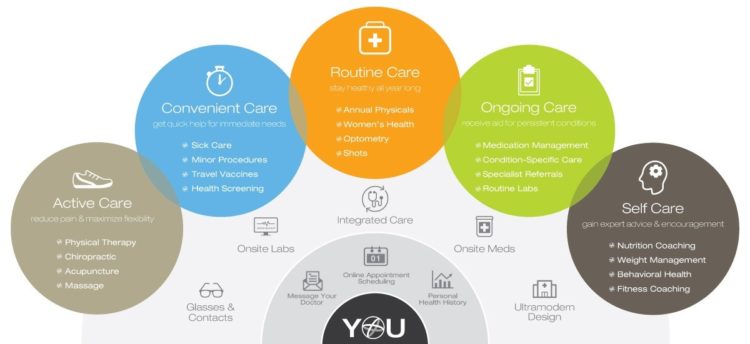 In 2020, investments in digital health reached $14.1 bn, much of which went into niche applications like lab testing, medication adherence, and on-demand triage for urgent care.
In 2020, investments in digital health reached $14.1 bn, much of which went into niche applications like lab testing, medication adherence, and on-demand triage for urgent care.
These companies targeting primary care components represent the “unbundling of the family doctor,” as CB Insights recently coined the market trend.
Fragmentation is a hallmark of the U.S. health care system, or more aptly “non-system” as my old friend J.D. Kleinke noted in his book titled Oxymorons….published in 2001.
Twenty years later, we confront primary care as a dichotomy: as unbundled pieces of (we hope) innovation, and in organizations re-imagining a new continuity of care with innovative elements brought together through cloud computing, open source data standards, and team-based care that values mental and behavioral health as much as physical health.
 One example of this “re-bundling” approach to primary care is Crossover Health, founded and led by Dr. Scott Shreeve. I had the opportunity interview Scott in a wire-side chat hosted by the W2O Group during their Digital Health Summit held on January 12.
One example of this “re-bundling” approach to primary care is Crossover Health, founded and led by Dr. Scott Shreeve. I had the opportunity interview Scott in a wire-side chat hosted by the W2O Group during their Digital Health Summit held on January 12.
Dr. Shreeve, a board-certified Emergency Medicine physician, was already re-imagining what patient-centered and clinician-satisfying health care could look like around the time J.D. was formulating the thesis for Oxymorons. Both J.D. and Scott were with me and the emerging Health 2.0 movement as Matthew Holt and Indu Subaiya were convening the first conference, gathering input from us and others who knew the Internet would change the nature of health care.
Scott founded Crossover Health in 2007 with the vision of surrounding the patient with care. That vision of “surround sound” health has morphed over time as a function of the available technology and platforms that evolved over the past 14 years, from the Internet and texting on smarter phones, to data lakes, cloud computing, and telehealth and virtual care services.
 This diagram illustrates aspects of the “surround sound” concept of care around the patient, namely ‘You.” From self-care at home, telehealth as an on-ramp to triage and counsel or referral to urgent or specialty care, on to well care and allied health support from physical therapists or integrative services, Crossover Health is “re-bundling” care to streamline the experience for patients and the “activist employers” with whom the company contracts.
This diagram illustrates aspects of the “surround sound” concept of care around the patient, namely ‘You.” From self-care at home, telehealth as an on-ramp to triage and counsel or referral to urgent or specialty care, on to well care and allied health support from physical therapists or integrative services, Crossover Health is “re-bundling” care to streamline the experience for patients and the “activist employers” with whom the company contracts.
Those companies include Amazon, Comcast, Facebook, and other self-insured enterprises who are keen to bend their corporate health cost-curves and serve up a health benefit that’s meaningful and effective for employees. Note that Crossover Health’s work with Amazon employees includes warehouse workers who are often plagued with back injuries notoriously difficult — and expensive — to manage. Crossover Health’s protocols, bundling in physical therapy (both face-to-face real time and virtual) and integrative approaches to care, achieve outcomes for patients that save employers money and get people back to work and daily living.
Check out details of my conversation with Scott on the W2O Group’s summary of the Digital Health Summit on their website.





 Thank you FeedSpot for
Thank you FeedSpot for